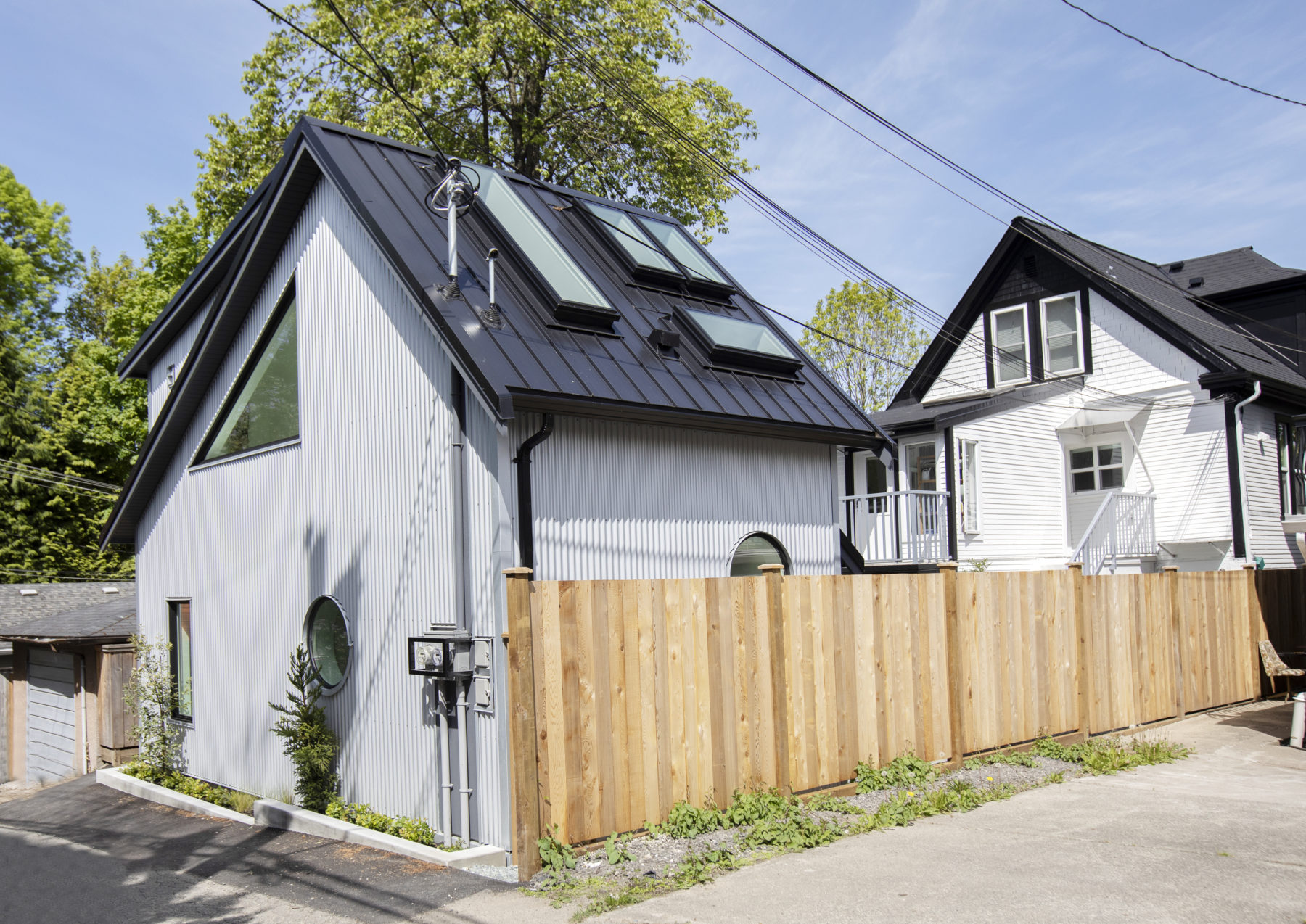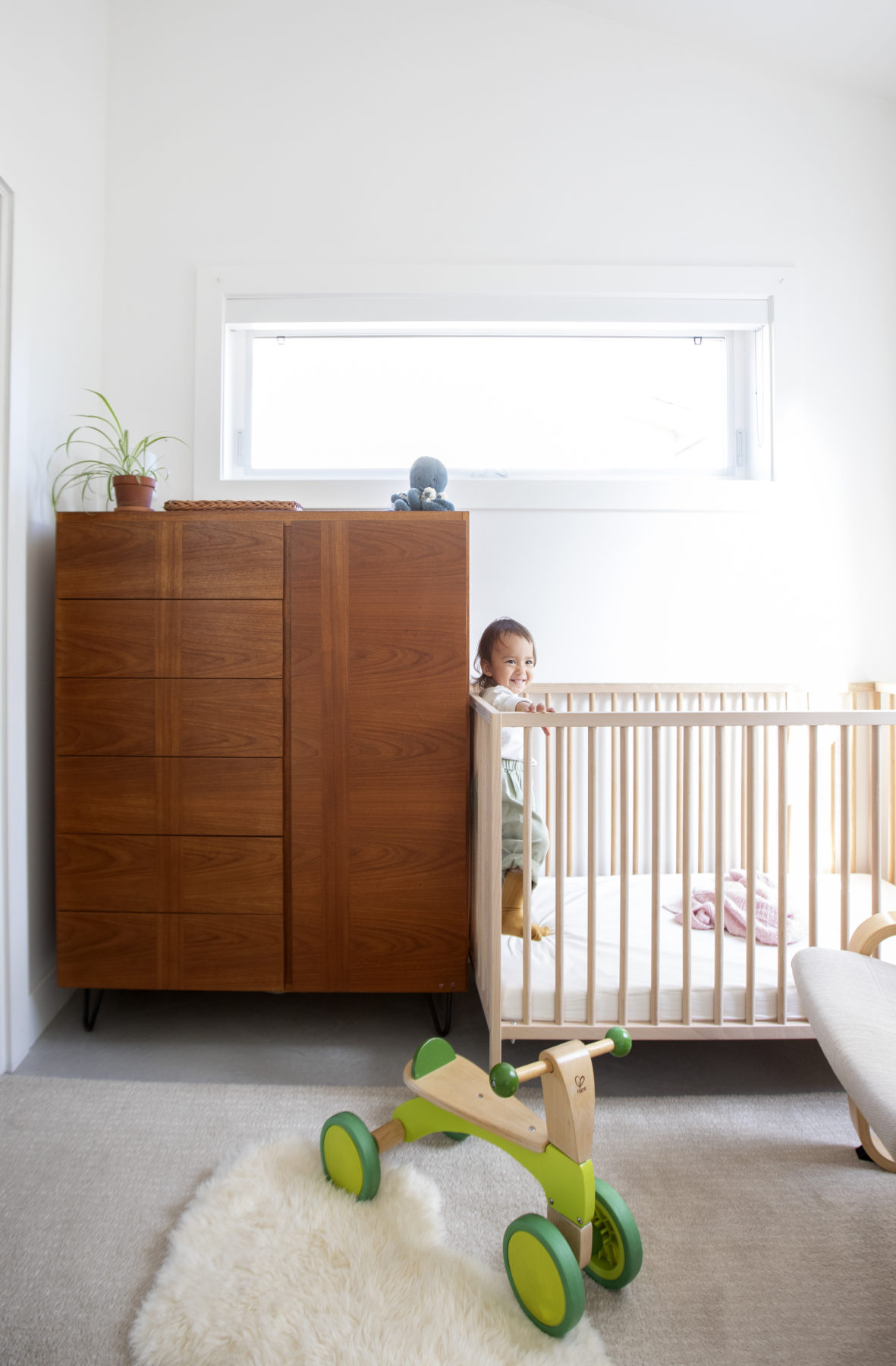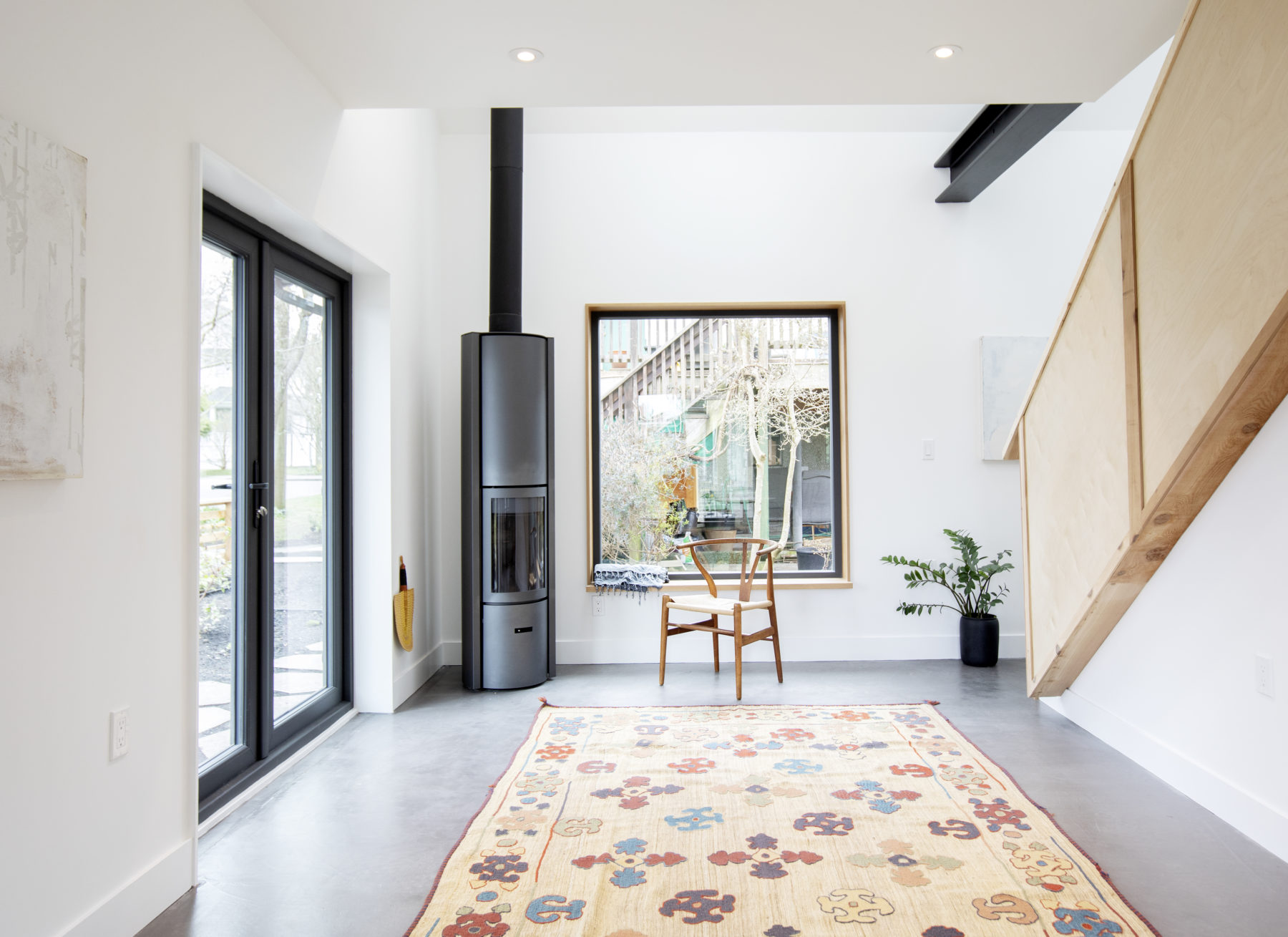5 Ways Building a Laneway Home Protects You in Times of Economic Instability

The cost of living in Canada is at an all-time high, with the inflation rate rising 4.8% last year alone – the largest increase we have seen since 1991 [1].
From gas, to groceries, to real estate, the average Canadian is finding it harder to make ends meet.
Job openings are on the rise with no workers to fill them, inflation continues to skyrocket, not to mention the ongoing pandemic that resulted in the current supply chain issues [2] and the federal government debt rising by $253.4 billion to reach a total of $942.5 billion [3].
With our economic fate seemingly up in the air, most of us are ready for change.
The pandemic has given us an opportunity to reset, and to think about what we really want to come back to – is it something we had, or something even better?
While we can’t predict the future, what we do know is that new pressures require creative solutions.
Here are 5 ways that building a laneway house can protect you in times of uncertainty.
1. Utilize What You Already Have
If you are lucky enough to be a homeowner in Vancouver, building a laneway home on your lot is an effective way to build equity with what you already have.
By adding to an existing property asset, you inherently increase its value, untapping the full wealth of the property.
There is a reason Theodore Roosevelt said, “Do what you can, with what you have, where you are.”

2. Multigenerational Living
Cultures all around the world embrace multigenerational living as a way of improving health and longevity by increasing psychological, social, and financial capital [4].
There are many benefits to multigenerational living [5]:
- strengthen the relationship with your family and community
- lower each individual’s financial burden by consolidating the wealth
- support mental health
- provides a one-stop-shop for child and senior care
Because the benefits of community living are best explained by someone with experience, we turned to Noam Dolgin, the co-founder of CoHo BC, the collaborative homeownership initiative.
“The social, environmental, and economic benefits of living in a community are too numerous to list.
At every moment of our lives, we can benefit from a supportive community to help us when we are sick, take on tasks that we cannot, look after our children, support the elderly, and much more.
In this era of increasing social isolation, having friends, family and neighbours close by that you can rely on is invaluable. And through the sharing of resources and higher density living, you can reduce your environmental footprint and the costs of homeownership.
Multigenerational and community living is an ideal answer to high housing prices and to the question of how to best utilize your or your family’s real estate to create ideal homes for all.”
- Noam Dolgin, Realtor, Sustainable Real Estate Services, & Co-founder of CoHo BC
Ultimately, having two homes on one lot allows you to reap the benefits of multigenerational living while maintaining your personal space and independence.

3. It Provides Stability
Among our most important survival needs as humans, shelter is the most expensive.
According to rentals.ca, the average rental rate for a 2-bedroom unit in Vancouver increased by 12.30% in 2021, making the average rent in February 2022 a whopping $3,003 [6].
Owning a laneway home not only comes with the guarantee that you will always have shelter regardless of the economic condition, but also at a very little monthly cost.
4. It Encourages Modest Living
Hot Take: living modestly is a more sustainable way of living.
Laneway homes are a great way to downsize and live more simply, while not having to compromise your way of living.
“More isn’t proving to be better”
Jake Fry, Smallworks Founder/Principal
By living in a smaller space, you are ultimately reducing your expenses.
When you need less stuff, less of your income is spent on consumer goods.
Laneway homes are also much more efficient when it comes to heating and cooling a space, which results in lower utility bills.

5. It Increases Passive Income & Investment Opportunities
Having a passive income can take you from surviving to thriving.
When you have two dwellings on one lot, you have the flexibility to live in the main house while renting out the laneway house or vice versa.
In 2018, the majority of laneway house renters were paying between $1500-$2000 (38%), and $2000-2500 (13%) depending on the unit size, functionality, and quality of design [7].
Not only does having this rental income provide you with some extra cash in your pocket, but it also increases your purchasing power considerably.

Resources
[1] https://www.cbc.ca/news/business/inflation-canada-1.6320085
[3] https://www150.statcan.gc.ca/n1/daily-quotidien/211122/dq211122a-eng.htm
[4] https://www.ncbi.nlm.nih.gov/pmc/articles/PMC5769098/
[5] https://www.gu.org/explore-our-topics/multigenerational-households/
[6] https://rentals.ca/national-rent-report[7] https://vancouver.ca/files/cov/laneway-house-review-survey-summary.pdf